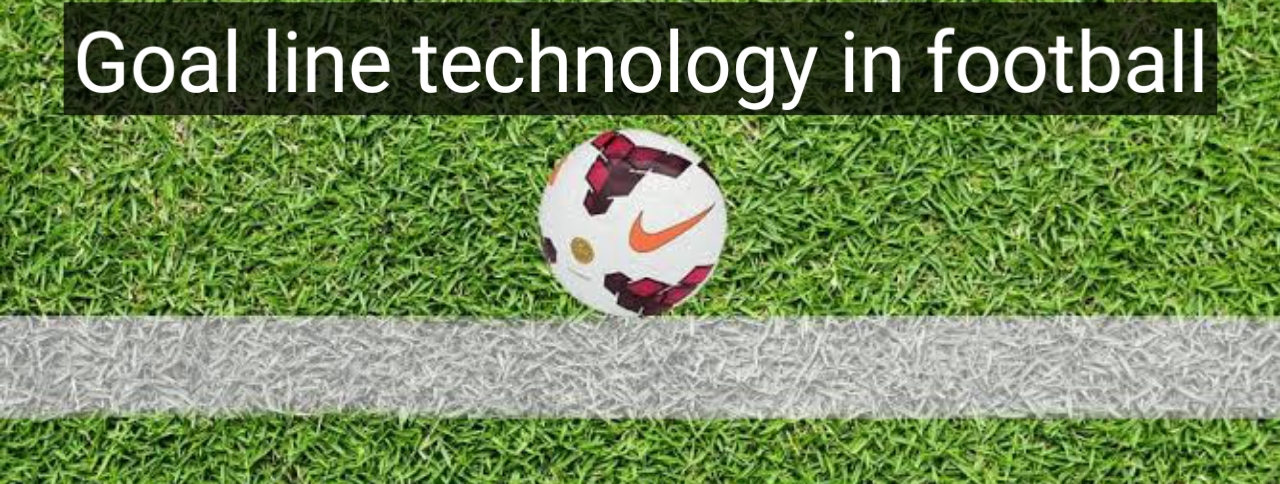Goal line technology in football: what is it and how does it work?, goal line technology rules
Football is the most popular sport in the world, which is played and liked by millions of people. The craze of football is also increasing rapidly in India. In our country, competitions like the Indian Super League (ISL) keep the enthusiasm among football lovers alive. However, only 32 teams get a place in the Football World Cup, which is held every four years. The reason for this is the difficult process of qualifying for the tournament.
Football rules and importance of goals
Each team in football has 11 players, and this game is played between two teams. The winner of the match is the team that manages to score the most goals. However, scoring goals is not an easy task, as goalkeepers try their best to stop the goal.
A goal is considered only when the ball completely crosses the goal line. The referee confirms whether the ball has crossed the goal line or not. But sometimes the referee loses sight, which can lead to a wrong decision. To avoid such situations, goal line technology is used.
What is goal line technology?
Goal line technology uses modern technology to decide whether the ball has crossed the goal line or not. Through this technology, the referee gets immediate and accurate information, so that he can take the right decision.
Why was the goal line technology needed?
It has been seen many times in football that the ball stops close to the goal line, and it becomes difficult to decide whether it has crossed the line or not. This situation often leads to disputes. Goal line technology was developed to eliminate such disputes.
How does goal line technology work?
Goal line technology is extremely fast and accurate. The referee has a special watch, which immediately gives a signal when the ball crosses the goal line. This signal is received by the referee in less than a second, so that he can take immediate decisions.
Types of technology
- Hawk-Eye
Hawk-Eye technology uses 14 high-speed cameras, which are installed above the field. These cameras monitor every movement of the ball and detect the exact position of the ball with the help of triangulation.
This technology was developed in 1999.
When the ball completely crosses the goalmouth, an encrypted signal is sent to the referee’s watch.
This technology has also been used in sports like cricket and tennis for a long time.
- GoalRef
In GoalRef technology, an electronic circuit is installed inside the ball, and a magnetic field is established at the goalmouth.
When the ball crosses the goal line, there is a change in the magnetic field, the data of which reaches the computer.
This computer decides whether the ball has crossed the line or not and a signal is sent to the referee through the watch.
- GoalControl
This is a camera-based system, which was first used in the Confederations Cup in 2013. This system is also as accurate and fast as Hawk-Eye.
When and where was it used?
Goal line technology was first implemented in the 2012 FIFA Club World Cup.
Hawk-Eye technology was used in Toyota Stadium and GoalRef technology in International Stadium Yokohama.
In 2016, this technology was used in the final matches of UEFA Europa League and Champions League.
Cost and limitations of goal line technology
Goal line technology is extremely expensive, due to which it is not possible to implement it in every football match.
It costs about $260,000 to install a system like Hawk-Eye or GoalControl in a stadium.
This is why FIFA has not made it mandatory and it is used only in top level tournaments.
Advantages and Disadvantages
Advantages:
The chances of wrong decisions are reduced.
Helps the referee to make quick and accurate decisions.
Ensures fairness in the game.
Disadvantages:
This technology is very expensive.
Its use is limited to big tournaments only.
Conclusion
Goal line technology is a revolutionary step in football, which has made the game more fair and reliable. Although its cost hinders its implementation in every match, it may become more widespread in the future with technological development and reduction in cost. For football fans and players, this technology is making the game more exciting and controversy-free.


